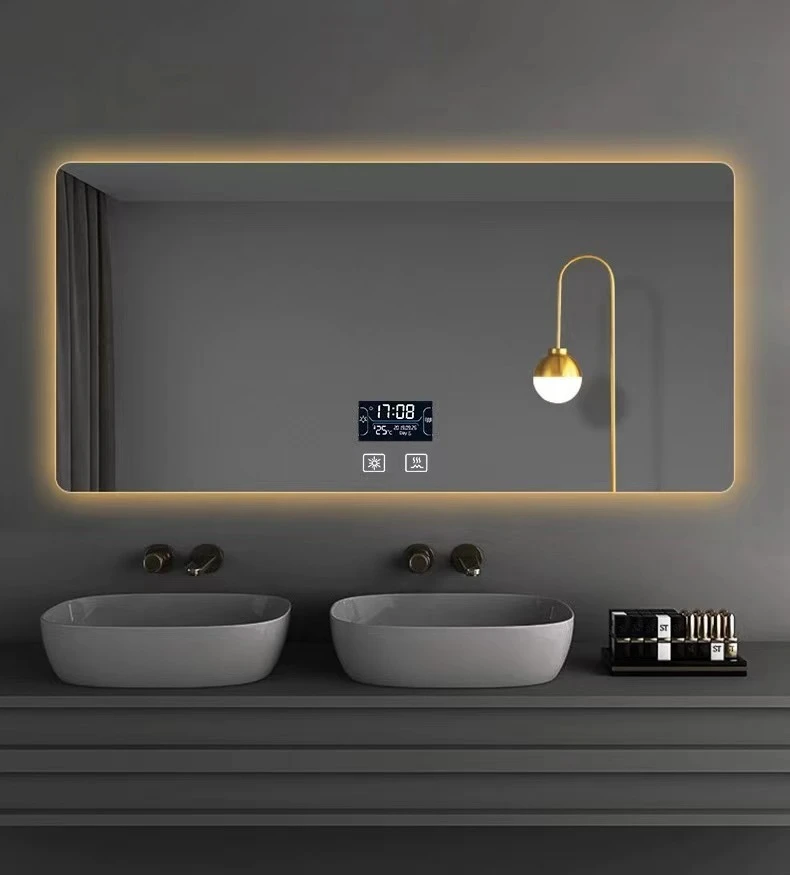

The Fascinating World of Silver-Backed Mirrors History, Craftsmanship, and Modern Applications
Throughout history, mirrors have held a unique place in human culture, serving not only practical purposes but also symbolizing self-reflection and truth. Among the various types of mirrors that have graced our homes and palaces, silver-backed mirrors stand out due to their exquisite craftsmanship and the brilliant reflections they provide. This article explores the history, manufacturing processes, and modern applications of silver-backed mirrors.
The Historical Significance of Mirrors
The history of mirrors dates back thousands of years, with the first rudimentary mirrors created from polished stones such as obsidian. However, it wasn’t until the invention of glass mirrors in the first century A.D. that reflective surfaces began to resemble what we recognize today. Early glass mirrors were coated with a thin layer of metal, and silver, discovered in the 16th century, quickly became the preferred material for its superior reflectivity.
The technique of silvering glass mirrors was perfected over the centuries. By the 19th century, the process became more refined, allowing for the mass production of silver-backed mirrors. These mirrors dominated European homes and became integral to both functional and decorative settings. The allure of silver mirrors was not only in their reflective quality but also in their ability to enhance the beauty of any room, creating an atmosphere of elegance and charm.
Craftsmanship Behind Silver-Backed Mirrors
Creating a silver-backed mirror requires meticulous craftsmanship. The process begins with high-quality glass, which is then carefully polished to create a smooth reflective surface. The silvering process typically involves depositing a thin layer of metallic silver onto the back of the glass. This is often achieved through a chemical reaction involving silver nitrate, resulting in a bright, lustrous finish.

Artisans employ different techniques to achieve various effects, including antique finishes that evoke a sense of history and character. Moreover, the decorative frames that accompany silver-backed mirrors can range from ornate baroque styles to sleek modern designs, further enhancing their aesthetic appeal.
Modern Applications of Silver-Backed Mirrors
Today, silver-backed mirrors continue to be a staple in interior design. Their versatility allows them to fit seamlessly into diverse settings, from luxurious bathrooms to chic living rooms. In addition to their traditional use in homes, these mirrors find applications in commercial spaces, including hotels, restaurants, and retail environments, where they can create an illusion of space and enhance lighting.
In the world of fashion and beauty, silver-backed mirrors are indispensable. They are commonly used in makeup application spaces due to their ability to provide accurate, distortion-free reflections, allowing individuals to achieve flawless looks.
Moreover, advances in technology have led to innovative applications of mirrors with silver backing. For instance, in the realm of smart home devices, mirrors can now incorporate LED technology and touchscreens, enabling users to access information while getting ready. These smart mirrors retain the classic appeal of traditional silver-backed mirrors while integrating modern features that cater to contemporary needs.
Conclusion
Silver-backed mirrors are not just reflective surfaces; they are pieces of art that embody history, craftsmanship, and innovation. From their origins in ancient civilizations to their prominent role in today’s homes and businesses, these mirrors reflect more than just images—they reflect our values, aesthetics, and technological advancements. As we look ahead, it is clear that silver-backed mirrors will continue to shine brightly in our lives, serving both functional roles and as timeless symbols of beauty and self-reflection.